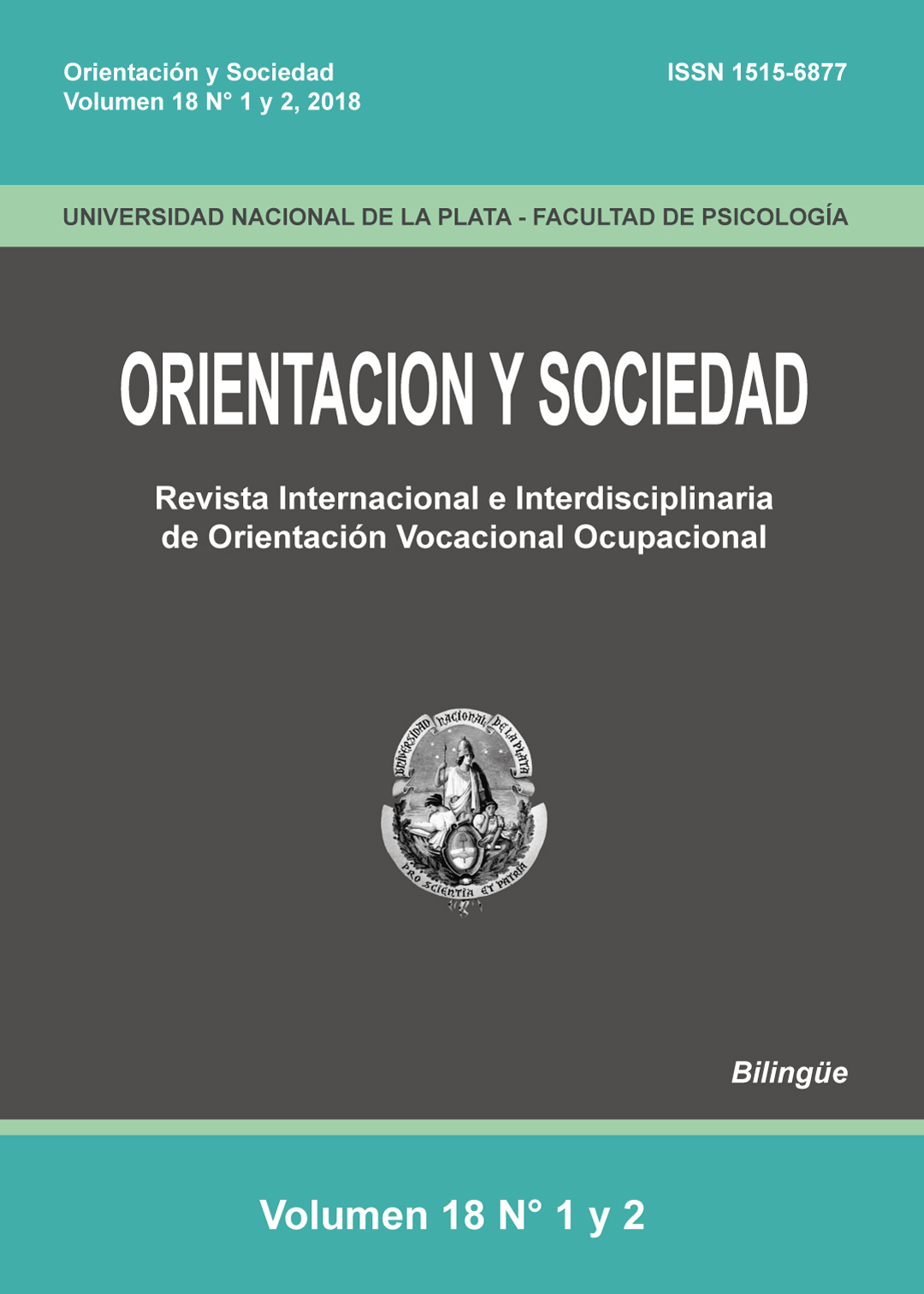Plain language, translation and idiosyncrasies of the language: contribution of reading comprehension
Keywords:
plain language, translation, reading comprehensionAbstract
Drafting clear text requires much more than applying syntactic rules and prescriptive formulas, especially when issues arise from the need to express complex ideas or from syntactic (and, therefore, worldview) differences between languages. Eliminating jargon, limiting the number of words per sentence, and applying legibility formulas are inadequate strategies. A methodical reading of the source text, paying attention to the idiosyncratic structures used and information flow of the message, makes it possible to select idiomatic constructions and cohesion and coherence strategies that lead to improved reading comprehension. We will address, among others, differences in the expression of manner and result and in the use of clitics between English and Spanish, the use of nominalization for syntactic recasting, and the use of parallel structures and redistribution of theme and rheme as strategies for reorganizing information.
























